Feature: BMW Innovation Days sheds light on German automaker’s latest tech
Story by John LeBlanc
MIRAMAS, FRANCE – The Holy Grail for any automaker these days is better fuel economy. Both customers and legislators are demanding it. And it’s doubly challenging for a manufacturer like Germany’s BMW, a brand bred on the back of high-performance sports machines, not high-mileage fuel sippers.
The battle to get its vehicles to consume less fuel and emit less tailpipe emissions is not a new one for BMW. Its so-called EfficientDynamics strategy — which strives for more fuel-efficient vehicles without sacrificing their performance — has been going on now for more than a decade. And to showcase the latest in the company’s efforts, it recently brought media to its test facility in Miramas, France, for this year’s BMW Innovation Days.
While the new BMW X5 eDrive plug-in gas-electric hybrid prototype we got a chance to drive here encapsulated many of the brand’s latest EfficientDynamics strategies — incorporating many of the efforts spent on BMW’s i brand i3 and i8 plug-in hybrid cars — we were also shown the automaker’s latest in predictive driving, lightweight construction, aerodynamics and lighting systems, all designed with the goal of reducing energy consumption:
Predictive driving
Already, most automatic transmissions “predict” your next gear change based on your previous driving behaviour with pre-programmed algorithms. But BMW wants to take that one step further with what it calls “predictive drivetrain management” by connecting the vehicle’s transmission to the onboard satellite navigation system and cameras.
In 2012, BMW started marrying the nav system’s mapping to its automatic gearboxes, “predicting” shifting points based on upcoming hills or corners. But the system we tried here in France now includes forward-facing accident avoidance and rear-facing blind spot monitoring cameras.
In the BMW 5 Series test vehicle I drove, the transmission would recognize when I came upon a slower moving 3 Series GT, and would then hold the transmission gear to avoid an unnecessary shift and allow the opportunity to pass. Clever. The system functioned similarly in a blind spot situation, where a vehicle in the next lane is recognized and the proper gear is held for you to pass, avoiding an unnecessary downshift.
BMW says the next evolution of its “predictive drivetrain management” could be applied to its X5 eDrive to save fuel by “predicting” the driver’s behaviour via a selected navigation route.
Lightweight construction
As internal combustion engines and battery technologies are reaching their foreseeable limits in efficiencies, automakers are turning to the use of lightweight materials to reduce the amount of mass said powertrains need to move and improve driving dynamics. And as a result of its efforts in employing carbon-fibre throughout its i3 and i8 electric vehicles, the German automaker is looking to expand the use of the strong-but-lightweight material throughout its core BMW brand vehicles.
By recycling carbon-fibre waste from the manufacturer of larger body and chassis bits from its i brand cars, BMW has created a plastic-like injection-mould process. An example shown was an i8 dashboard structure that currently uses magnesium but could be even lighter as a piece of carbon-fibre. BMW also had prototypes of carbon-fibre road wheels and steering wheels that not only look bad-ass, but also are considerably lighter than their current metal-alloy counterparts.
Aerodynamics
As part of BMW’s overall EfficientDynamics fuel economy/performance strategy, the X5 eDrive plug-in hybrid also benefits from state-of-art aerodynamics to achieve its stellar fuel economy estimates.
BMW claims the X5 is “best in-class” when it comes to slicing through the air, with a drag co-efficient of just 0.31 — down from the first-gen X5′s 0.35 rating. To achieve this, special attention has been given to the X5’s large frontal area. Instead of trying to push the air aside at the front, air is drawn into the vehicle’s wheel arches via vents in the bumper and grilles in the leading edge of the wheel arch liner. The design moves air around the outside of the wheel, then forces it out of the back of the wheel arch through slots in the front fenders, a feature BMW has dubbed “air breathers.”
Combined with aero details on the X5’s side sills and rear hatch area, the German automaker says the X5 eDrive obtains 4% of its 30 kilometres electric-only range from its fine-tuned aerodynamics alone.
Laser lighting systems
While carbon-fibre steering wheels are pretty cool, arguably the sexiest bit of high-tech from BMW’s Innovation Days was its new laser headlights — yes, freakin’ lasers!
Now, before you get excited about assuaging your road rage by zapping the driver ahead of you, the laser part of BMW’s technology is used to double the LED main beam’s range from 300 metres to 600 metres, yet use 30% less power. Technically, this is achieved by aiming three “blue” lasers at a phosphorous block, which changes the beams to a white light.
While BMW was demonstrating the laser light system in a 7 Series sedan, the system will be offered in the i8 hybrid this year. There’s one catch, though: Because the system is only 1% away from the legal maximum in Europe, the laser lights have yet to be approved for North American usage.
This article was first published at Driving.ca





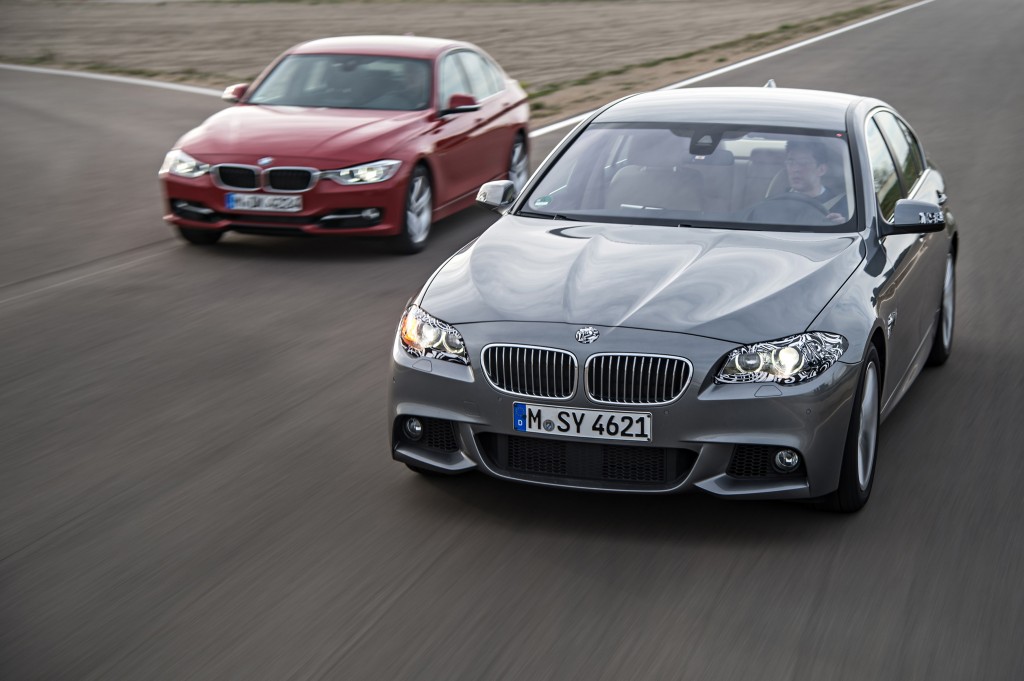
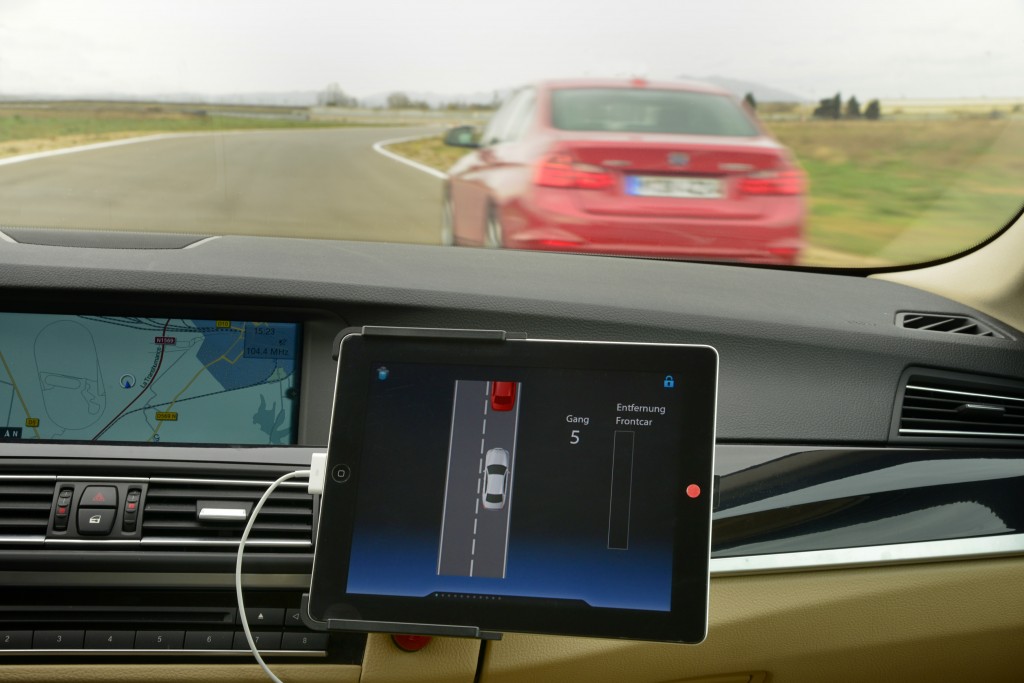
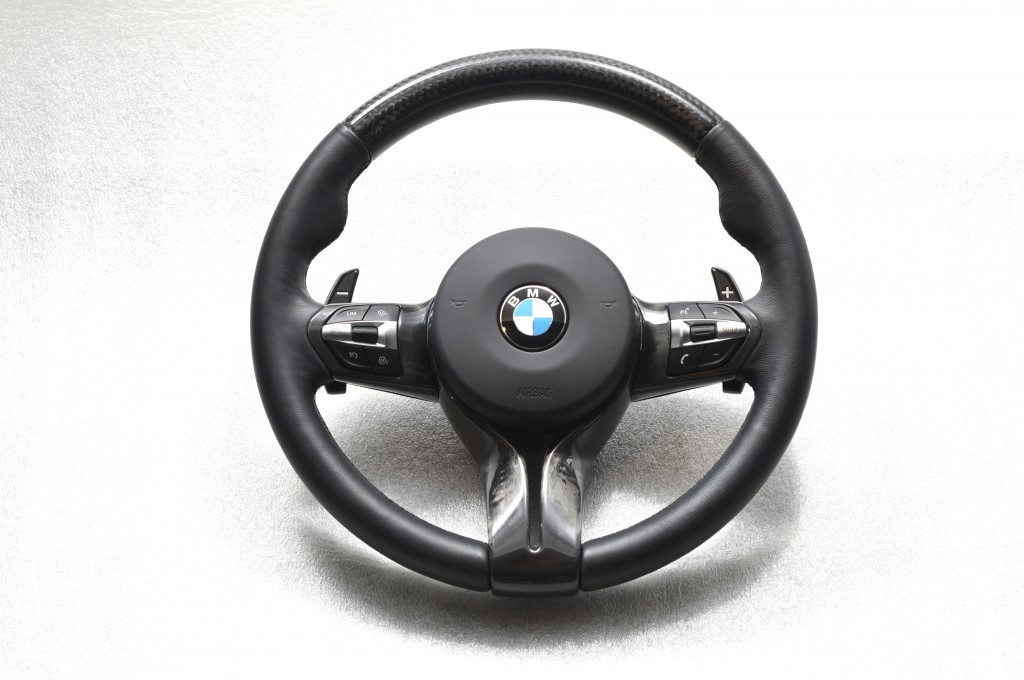
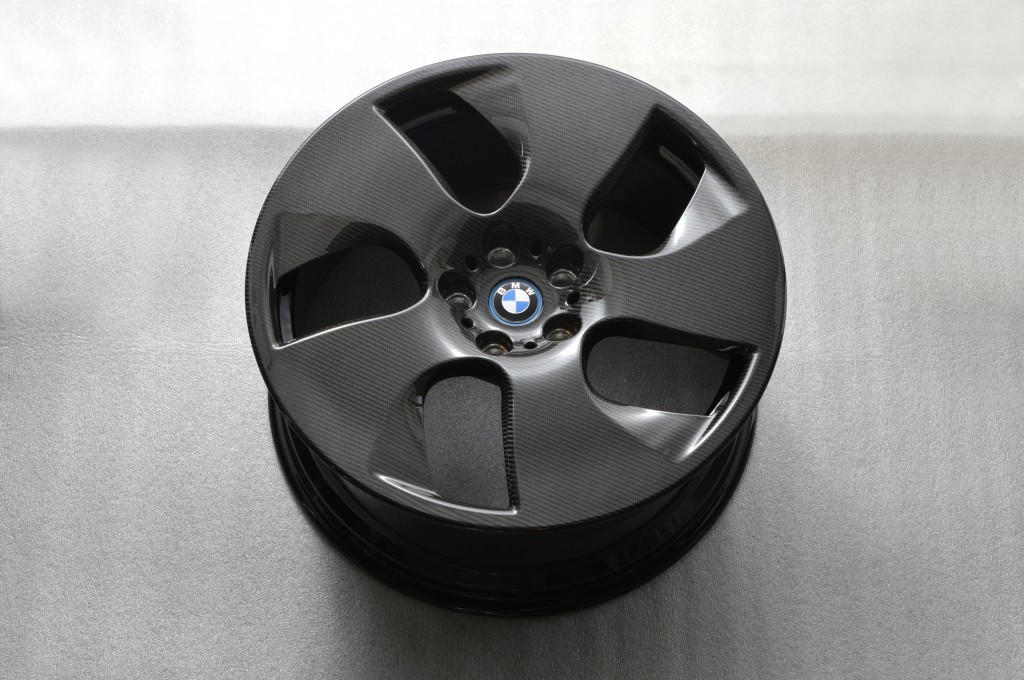
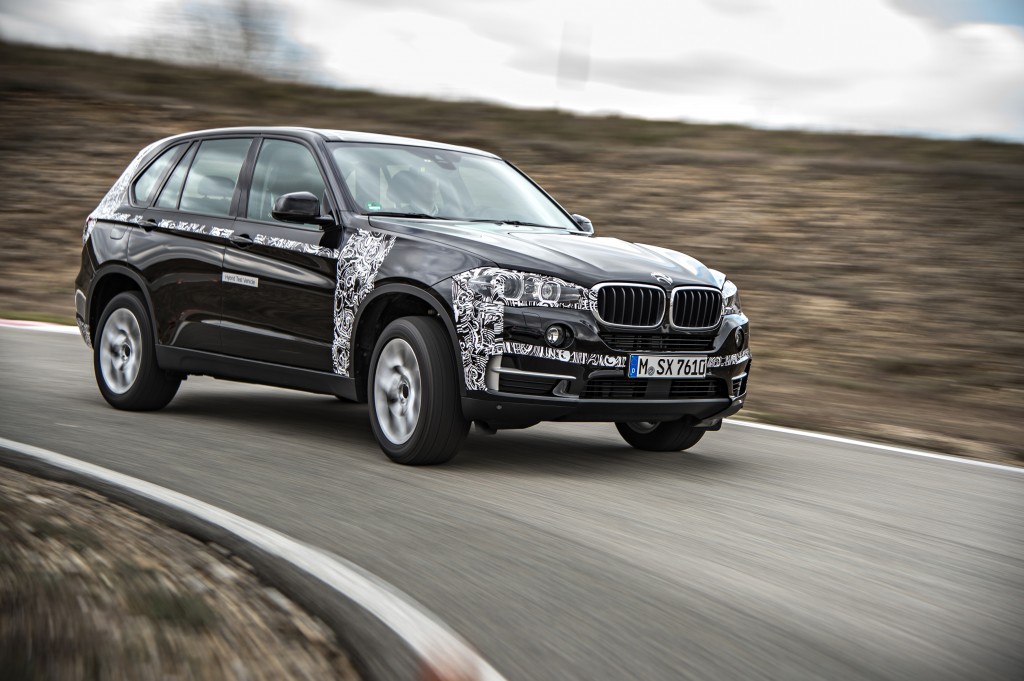
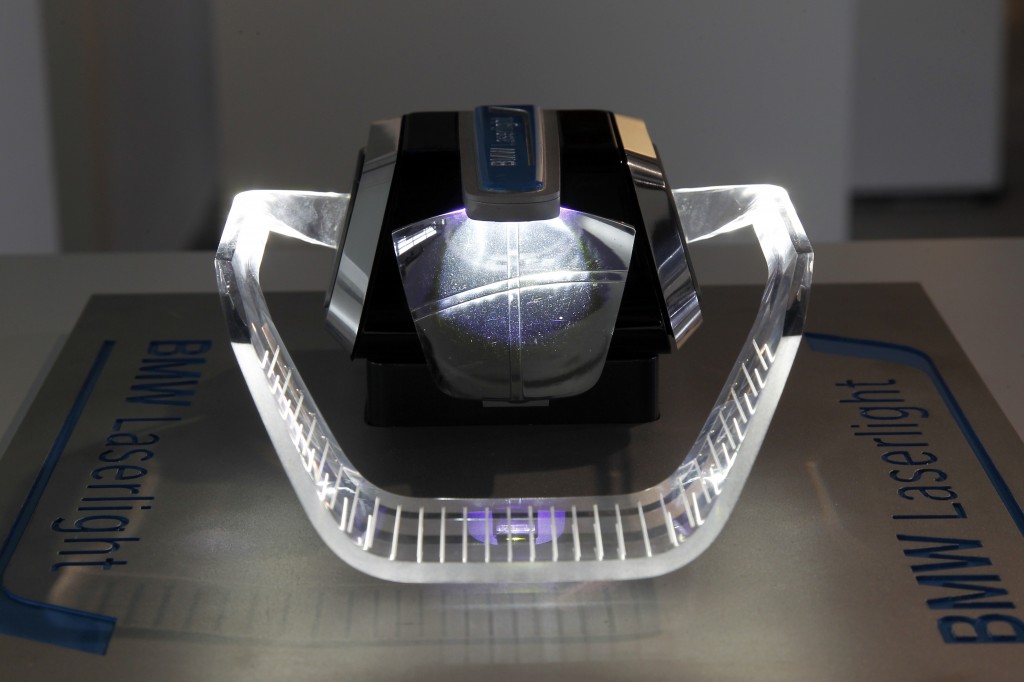
![[del.icio.us]](https://www.straight-six.com/wp-content/plugins/bookmarkify/delicious.png)
![[Digg]](https://www.straight-six.com/wp-content/plugins/bookmarkify/digg.png)
![[Facebook]](https://www.straight-six.com/wp-content/plugins/bookmarkify/facebook.png)
![[Google]](https://www.straight-six.com/wp-content/plugins/bookmarkify/google.png)
![[Reddit]](https://www.straight-six.com/wp-content/plugins/bookmarkify/reddit.png)
![[StumbleUpon]](https://www.straight-six.com/wp-content/plugins/bookmarkify/stumbleupon.png)
![[Twitter]](https://www.straight-six.com/wp-content/plugins/bookmarkify/twitter.png)
![[Email]](https://www.straight-six.com/wp-content/plugins/bookmarkify/email.png)